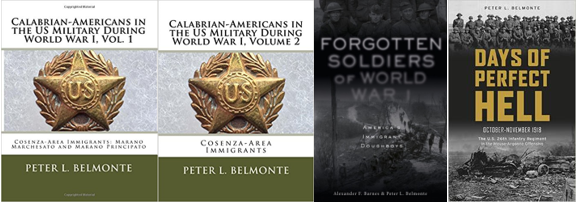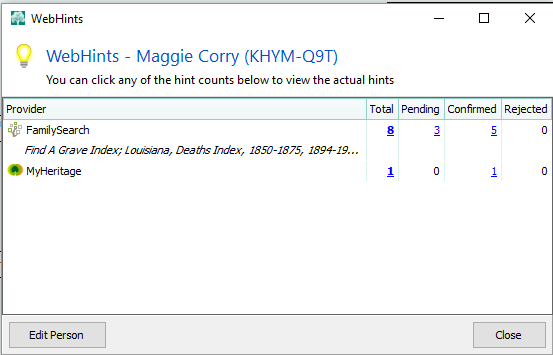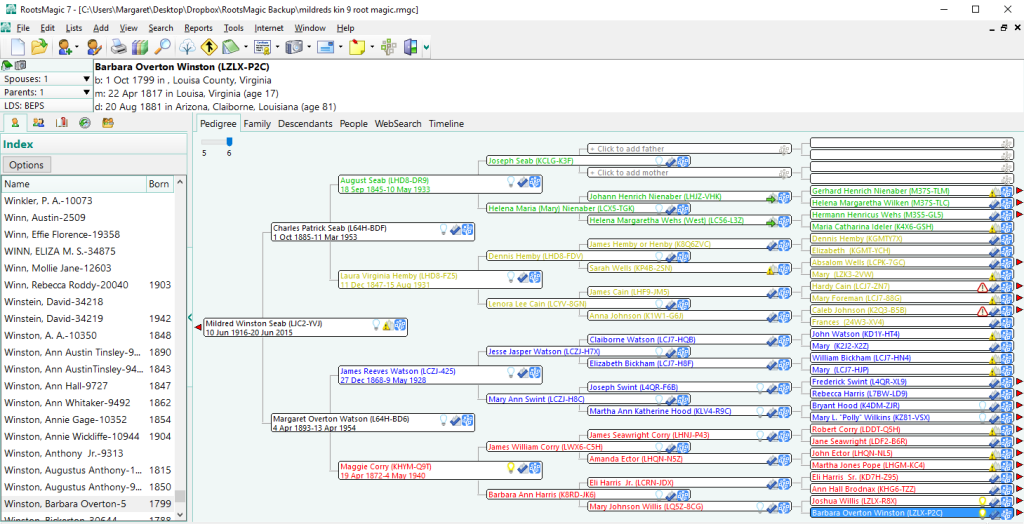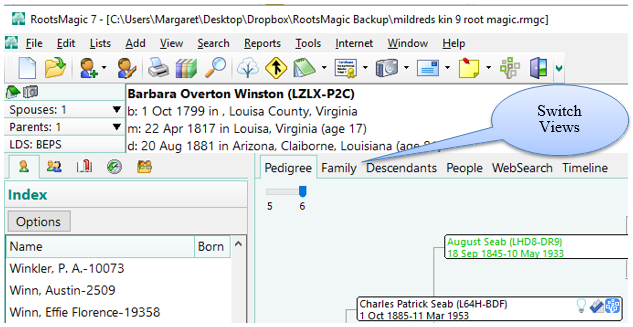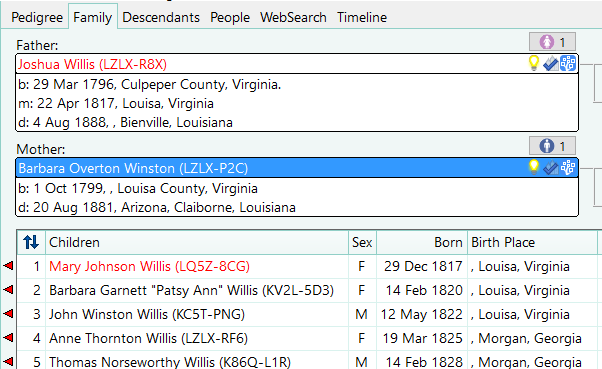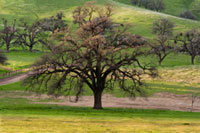Interview with Mark Hildebrand about the Annapolis History Wiki
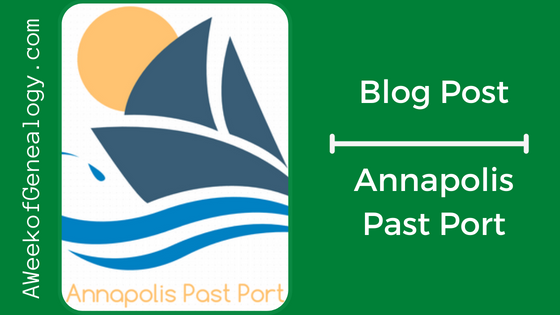
Note: This page has been updated to reflect the new name of the Wiki: The Annapolis History Wiki found at: https://annapolishistorywiki.org/wiki/Main_Page
Recently we had a chance to speak with Mark Hildebrand, the Executive Director of Make Your Mark Media, Inc., in Annapolis, MD, to discuss a remarkable collaborative project that captures the memories and history of community members. In this interview you can learn about a creative and engaging approach to capturing history and how you can participate in this project.
What is the Annapolis Past Port [now Annapolis History] Wiki?
Basically, Annapolis Past Port is a history wiki for stories and history in and around Annapolis, Maryland. It is free and open to the public, and it uses the same software and structure as Wikipedia. It was created in 2017 as part of a summer internship program by Make Your Mark Media – an Annapolis-based nonprofit. The interns were Science Technology Engineering and Mathematics (STEM) students enrolled in Anne Arundel County Public Schools. We wanted to capture stories about people, places, things and events as they are remembered by the community that experienced or heard about them. The focus of Annapolis Past Port is not the hard facts and statistics that are on Wikipedia already, but the memories, stories and even tall tales that should be preserved for future generations.
What motivated you to begin the Annapolis Past Port Wiki?
Several years ago, one of my board members asked me if there was a way to develop a public database of historic sites and people in the Annapolis area. She had attended a conference in New England where they showcased one developed by a local historic society. Because it was a series of web pages, it seemed a bit restrictive and reliant upon a web developer to create the content. I found that a wiki could be a great format that would make it easy for the public to upload content and share it. And unlike Facebook or Blogs, that content would not get buried under subsequent entries.
What challenges have you faced with the wiki and what surprises have you had?
One of the biggest challenges has been to get others to add content to the wiki. I have created most of the current pages, and although I have reached out to local historians and even done a few public workshops, few have taken the next step to upload their research or stories. So I was very pleasantly surprised when one of our interns from this past supper created wiki pages for a Nike missile site I had never heard of, just outside of Annapolis. And then one on Lee Airport in Edgewater. As with all of the wiki pages, they need more information and contributions from other sources, but they are a great beginning.
Where can people find out more about Past Port?
You can find the Annapolis History history wiki at https://annapolishistorywiki.org/wiki/Main_Page. You can browse and search the wiki. The Main Page has a list of some of the recently added pages. There are images as well as audio and video.
How can people participate in the Annapolis Past Port?
Anyone is welcome to create an account and add or edit content. We have provided links to guidelines on creating and formatting content. Through links to Make Your Mark Media (www.mym-media.org) you can contact me at mark@mym-media.org for direct assistance.

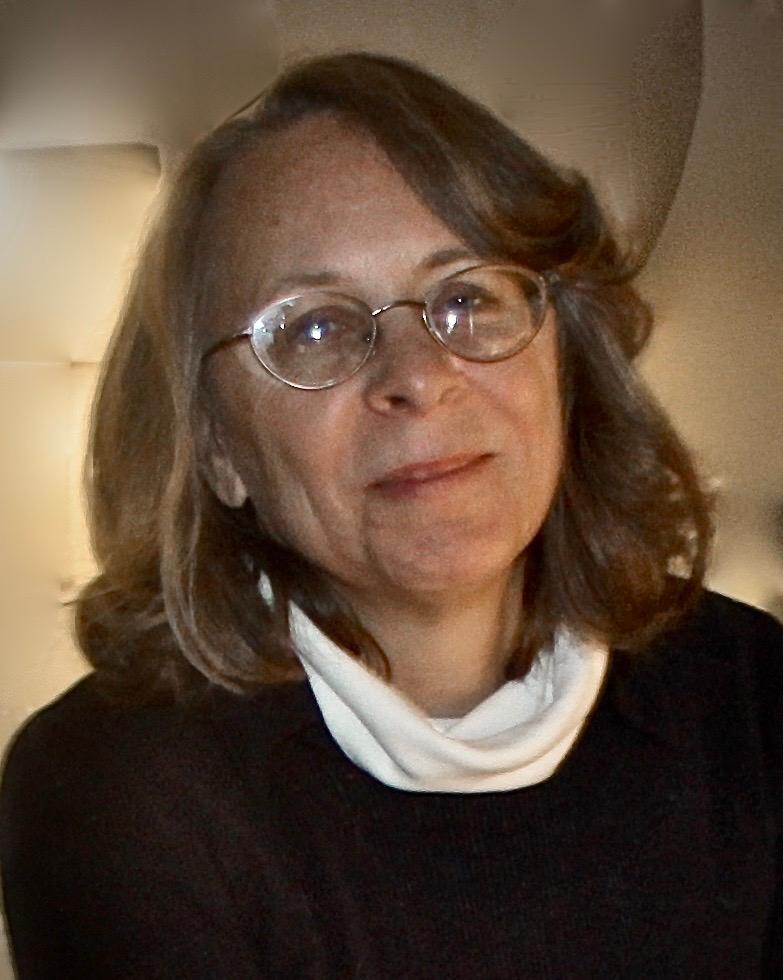
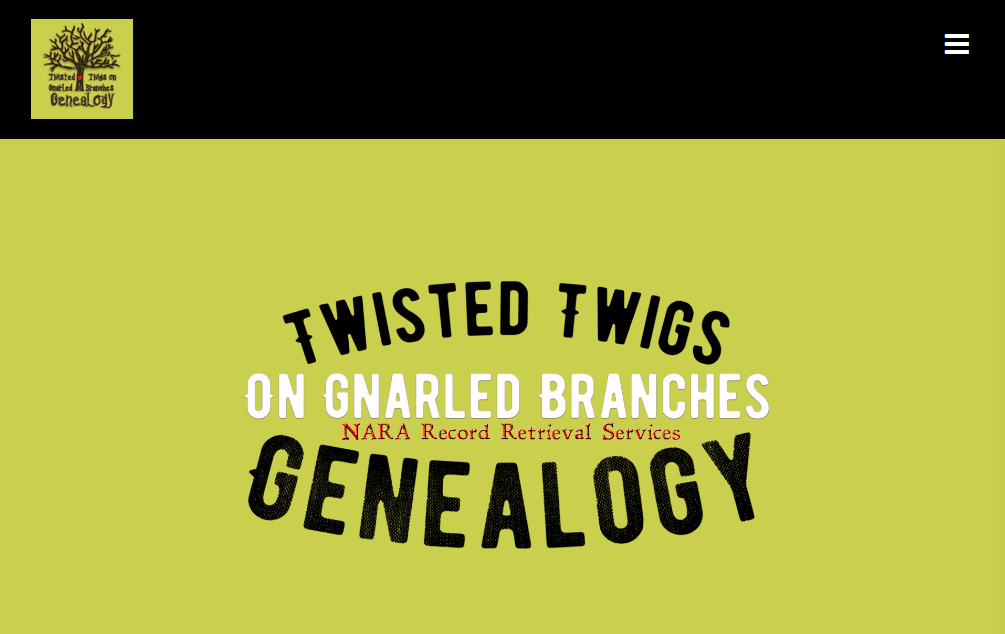
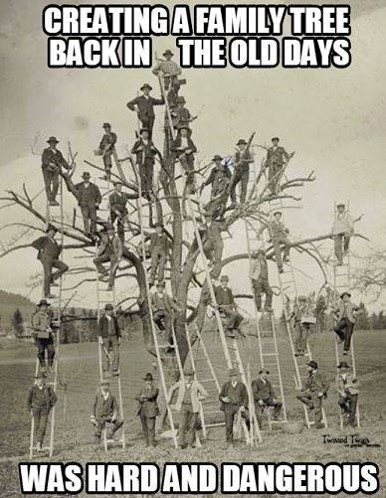 you get your ideas?
you get your ideas?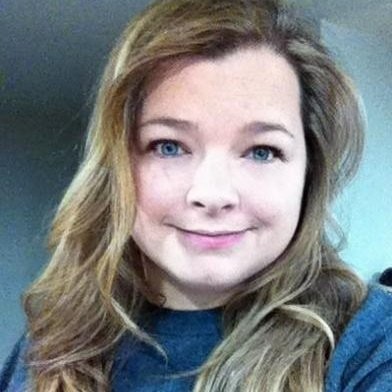 Deidre Erin Denton is a well-seasoned genealogist who has worked with clients since 2005, and who specializes in National Archives record retrieval in Washington DC, College Park, MD, and in St. Louis, MO. She believes at all researchers should have affordable access to NARA records. Twisted Twigs started offering NARA record retrieval services in the summer of 2015 and record retrieval services at The National Personnel Records Center in Saint Louis (WWI/WWII/Korean War military records/ Personnel Files) in June 2016. As of July 2018, Twisted Twigs has retrieved over 2300 military pensions and 3500+ service records in 42 months.
Deidre Erin Denton is a well-seasoned genealogist who has worked with clients since 2005, and who specializes in National Archives record retrieval in Washington DC, College Park, MD, and in St. Louis, MO. She believes at all researchers should have affordable access to NARA records. Twisted Twigs started offering NARA record retrieval services in the summer of 2015 and record retrieval services at The National Personnel Records Center in Saint Louis (WWI/WWII/Korean War military records/ Personnel Files) in June 2016. As of July 2018, Twisted Twigs has retrieved over 2300 military pensions and 3500+ service records in 42 months.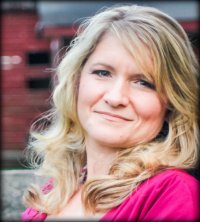 Rebecca Whitman Koford holds a Certified Genealogist® credential. Her focus is in American research with special emphasis in Maryland and military records of the War of 1812. Rebecca has been taking clients and lecturing since 2004. She has spoken for the National Genealogical Society Conference (NGS), Association of Professional Genealogists Conference (APG), RootsTech (2018), webinars for Legacy and APG, the Maryland State Archives, and for groups in Maryland, Virginia, New Jersey, Pennsylvania, Washington, D.C., and Delaware. Rebecca is the Course I coordinator for The Institute of Genealogical and Historical Research (IGHR). She is a board member of the Maryland Genealogical Society and volunteers at the Family History Center in Frederick, Maryland. She has published articles in the NGS Magazine, APG Magazine, and the Maryland Genealogical Society Journal. She is a graduate and former group coordinator and mentor of the ProGen Study Group, an online peer-led study program based on the book Professional Genealogy by Elizabeth Shown Mills; she was appointed ProGen Administrator in January 2015. Rebecca lives in Mt. Airy, Maryland, with an active teenager and a very patient husband. was appointed ProGen Administrator in January 2015. Her research specialties are: Civil War ; Federal Records ; Land Records ; Latter-Day Saints (Mormon) ; Lineage Societies ; Court Records.
Rebecca Whitman Koford holds a Certified Genealogist® credential. Her focus is in American research with special emphasis in Maryland and military records of the War of 1812. Rebecca has been taking clients and lecturing since 2004. She has spoken for the National Genealogical Society Conference (NGS), Association of Professional Genealogists Conference (APG), RootsTech (2018), webinars for Legacy and APG, the Maryland State Archives, and for groups in Maryland, Virginia, New Jersey, Pennsylvania, Washington, D.C., and Delaware. Rebecca is the Course I coordinator for The Institute of Genealogical and Historical Research (IGHR). She is a board member of the Maryland Genealogical Society and volunteers at the Family History Center in Frederick, Maryland. She has published articles in the NGS Magazine, APG Magazine, and the Maryland Genealogical Society Journal. She is a graduate and former group coordinator and mentor of the ProGen Study Group, an online peer-led study program based on the book Professional Genealogy by Elizabeth Shown Mills; she was appointed ProGen Administrator in January 2015. Rebecca lives in Mt. Airy, Maryland, with an active teenager and a very patient husband. was appointed ProGen Administrator in January 2015. Her research specialties are: Civil War ; Federal Records ; Land Records ; Latter-Day Saints (Mormon) ; Lineage Societies ; Court Records.